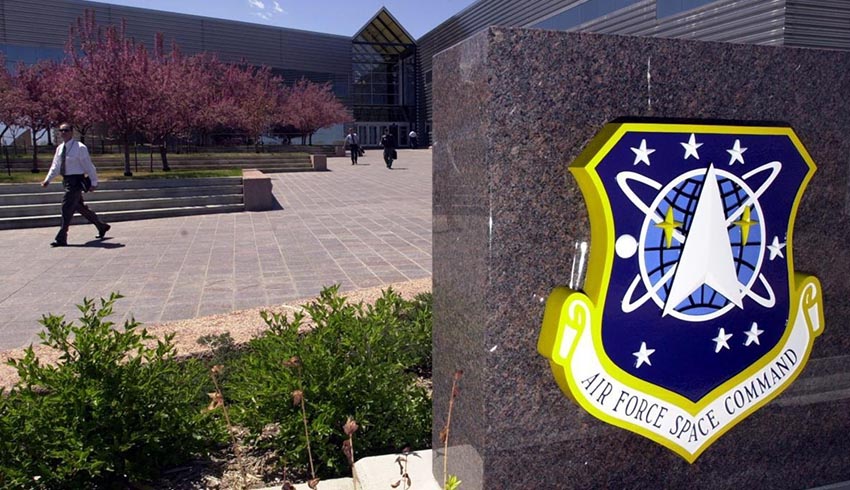
The US is now moving to update its fleet of land-based intercontinental ballistic missiles (ICBMs) to maintain a capable strategic deterrent out past mid-century.
With vast sums involved, around US$80 billion, development of the new Ground Based Strategic Deterrent (GBSD) has turned into a major commercial contest, with the winner essentially owning GBSD for decades to come.
That winner is increasingly looking like Northrop Grumman, which appears to have scored a very large advantage through its acquisition of Orbital ATK and its solid rocket propellant business.
The US Air Force initially released its request for proposal for GBSD in 2016, outlining that the new missiles would be phased in over a decade, starting in the late 2020s, and remaining in service to around 2075.
Boeing, Lockheed Martin, and Northrop Grumman all put their hands up, and in August 2017, the USAF awarded three-year development contracts to Boeing and Northrop Grumman.
But in July, Boeing announced that it was bowing out because of Northrop Grumman’s overwhelming advantage through its dominance of the solid fuel rocket motor market following acquisition of Orbital ATK in June 2018.
Last week, Northrop Grumman announced its sub-contractor team, which includes Aerojet Rocketdyne, the US’ only solid fuel rocket manufacturer, along with BRPH, Clark Construction, Collins Aerospace, General Dynamics, Honeywell, L3Harris, Lockheed Martin, Parsons and Textron Systems.
However, Boeing hasn’t completely chucked it in. Immediately after announcing it would not bid, Boeing approached Northrop Grumman about presenting a joint bid. No thanks came the polite reply.
Now Boeing has gone to the government, seeking it to intervene to require a teaming arrangement, saying that would produce a better weapon system sooner. The final proposal from Northrop Grumman is due on 13 December.
The current US land-based ICBM force comprises 450 LGM-30 Minuteman 3 missiles located at USAF bases in Wyoming, Montana and North Dakota. Through the GBSD program, these will be replaced by some 650 missiles.
The Minuteman missile arose from development in the 1950s, with first-generation missiles entering service in 1962.
Significantly, Minuteman was powered by solid fuel rocket motors, a major advance on earlier liquid fuelled ICBMs, which needed to be fuelled immediately before launch and were at increasing risk of loss in a surprise first strike.
Current generation Minuteman missiles date from the 1970s. They have been steadily upgraded with a range of new systems, including replacement rocket motors, improved guidance and more reliable safety systems.
Rather than the multiple warheads of earlier missiles, each Minuteman now lofts a single W78 or W87 warhead.
“While certain components and sub-systems have been upgraded, most of the fundamental infrastructure in use today is the original equipment supporting more than 50 years of continuous operation,” Northrop Grumman says on its website.
Receive the latest developments and updates on Australia’s space industry direct to your inbox. Subscribe today to Space Connect here.












